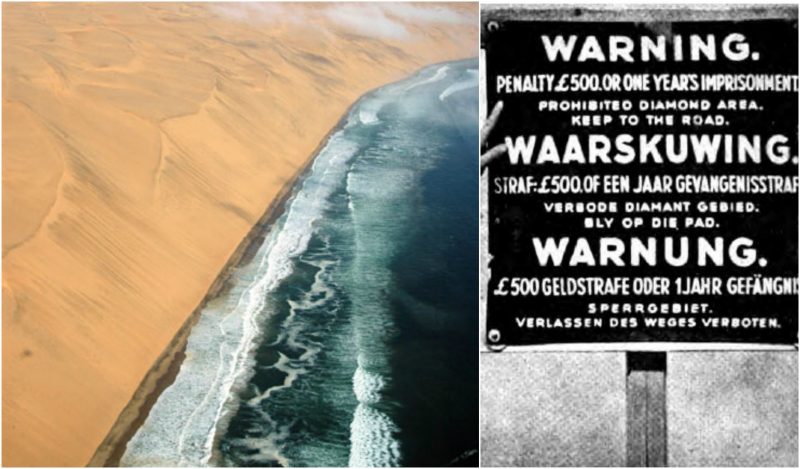When people think of the Holocaust, they immediately think of how many lives were lost and how much destruction was caused because of Hitler’s policies. However, no one knows much about what happened in Africa’s Forbidden Zone in the 1900’s, in Namibia, during an earlier German genocide. A reporter, Sean Thomas, is brave enough to write about this Forbidden Zone (Sperrgebiet ); he gives his personal accounts and feelings.
Thomas starts by describing the area as a desolate, dusty road. He explains that there is a certain heaviness in the air. Just as he is about to cross the unidentified border where the Forbidden Zone starts, he thinks to himself that he would have been arrested, beaten, or shot nearly 100 years ago for stepping foot in that area.
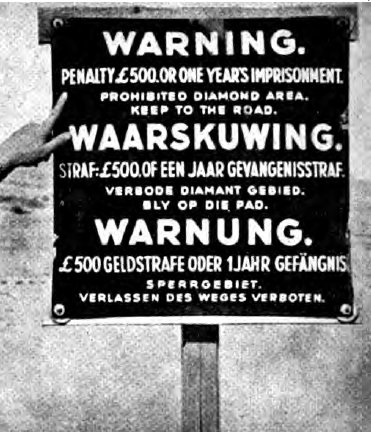
The Forbidden Zone was known for its secrets the Germans held, as well as the terrible beginning of the blood diamond phenomena. This area is about 20,000 square kilometers in southwest Namibia. It has been closed to travelers since the 1900’s in order to protect the diamond industry from smugglers. Another name of this area is Diamond Zone 1, along with its Afrikaans name Sperrgebiet.
Thomas describes the government’s paranoia as understandable since the diamonds mined in that area provide almost 80% of the nation’s tax income. Travelers who try to attempt to cross the border have actually been shot and killed by the guards.
Just recently, the area officially became the newest National Park. It will be years before any infrastructure is built, but it will always be remote, with few visitors since it has such a terrible past.
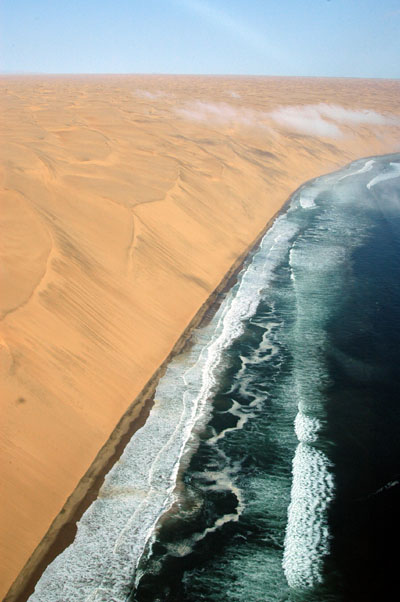
This area has two things that people want: ecology and history. The ecology is that it has a forbidden status and is one of the last unspoiled area on Earth. This area has many animals that have been left untouched and are a wonder to see. Some of the animals include the world’s biggest jellyfish known and Namibian sea-nettles, strange insects, plants, and reptiles. The area has such an odd fog that there are cacti that feed off of the sea’s mist, as well as trees that are so poisonous that the smoke from the burning wood can kill a person.
There are also hundreds of wild horses known as Namib. No one is really sure how all of the horse got there. Many believe that the German Baron, Heinrich von Wolf, released them there in 1907. It is said that he had stables in a Baroque castle nearby. Another rumor is that the horses escaped from British Army shipwrecks on the Skeleton Coast. That last, and most likely, idea is that the horses were the last remnants of the Schultztruppe, a colonial army that ruled southwest Africa. The Germans were defeated by the South African forces of the British Empire in 1915. These horses are now considered the only wild desert horse in the world, slowly adapting the especially dry climate.
Thomas then went to one of the most secret parts of the Forbidden Area called Oranjemund. It is one of the most restricted cities in the free world due to the fact that only diamond traders are allowed in. This means that about 99% of the population in the area are male.
Thomas was not allowed directly inside due to those strict rules, however, he was allowed to gaze at the city from afar. While the rest of the Forbidden Area is starting to be opened to the public, Oranjemund remains restricted. That is because there are 1.3 million carats of diamonds there to protect.
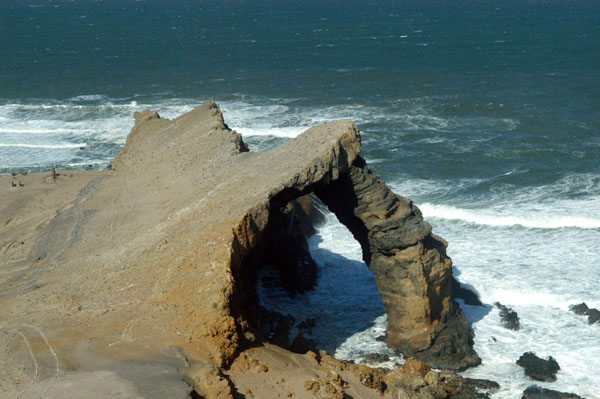
Everything that goes in and out of that city is thoroughly examined, and nothing ever leaves as far as equipment. If a person decides to quit their job, their orifices are examined for hidden gems as well as X-rayed. All of the men there have to carry their X-rays with them so they are not overdosed with radiation.Pigeons are banned from the area since they were once used to smuggle the gems.
Thomas noticed that some of the tactics the Namibians used relate back to those of some of the Germans, who colonized the country. In a strange way, the city exists because of the Germans’ interest in diamonds. During the early 1900’s German geologists began searching in this area for jewels.
Before the diamonds were found, the area was only considered suitable for cattle farmers and guano merchants, since it is so dry.
The German rulers in the area did not quite care about the area unless it concerned gemstones. Before World War I, German Lieutenant General Lothar von Trotha was in charge of putting down a rebellion by local tribes. The Kaiser ended up sending out his best colonial forces, which dealt with the rebellion by using extreme violence.
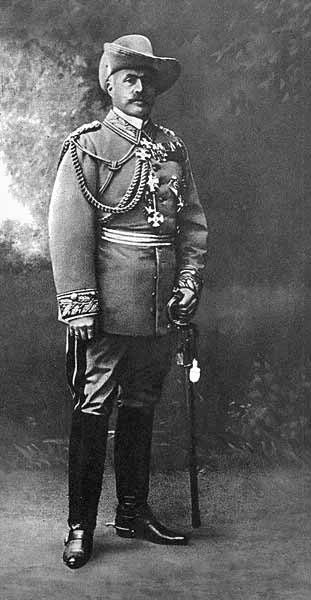
Thomas also traveled to Shark Island. In 1905, the island was known as the world’s first extermination camp when the German forces, enraged by all the tribal rebellions, turned on the local Witbooi people. Many of this tribe were killed in the colonial war, and those who survived were put on the island.
The Germans had sent those people there to die, resulting in the Witbooi being wiped from the face of the Earth. Although this is considered terrible, it was just the beginning of the German-Namibian holocaust.
In the mid-1900’s, the Herero people massacred dozens of German settlers. The Germans saw this as a serious threat which would eventually spill over into the diamond regions. The Germans then sent for the ruthless Prussian imperialist Lothar von Trotha to deal with the Herero people.
He dealt with the rebels by using violence, terrorism, and cruelty. After several battles between the two groups, many Herero were killed. Von Trotha then decided to kill off the entire tribe. In 1907, he issued his extermination order. He sent everyone in the tribe – men, women, and children – west to the Kalahari Desert, where they eventually perished from the terrible conditions.
As if this wasn’t enough, von Trotha decided to have guards at each waterhole so the people couldn’t drink. If there weren’t guards, then the waterholes were poisoned. Those who couldn’t take the repression any longer and tried returning were immediately shot to death.
Witnesses said it was the worst thing they have ever seen. The desert was strewn with people slowly dying of thirst. The flies surrounding the bodies were deafening, and those who couldn’t go any further were eaten alive by leopards and jackals. Historians believe that 60,000 people died during the expulsion, up to about 70 to 80% of the population.
No amount of payment can restore the lost tribes or the destruction the Germans caused. However, the German state is one of the biggest aid donors to Namibia. Von Trotha’s family still apologizes to the Namibian people and asks for forgiveness.
A majority of people who travel to the area are German tourists. The German language is actually widely spoken in the cities.
